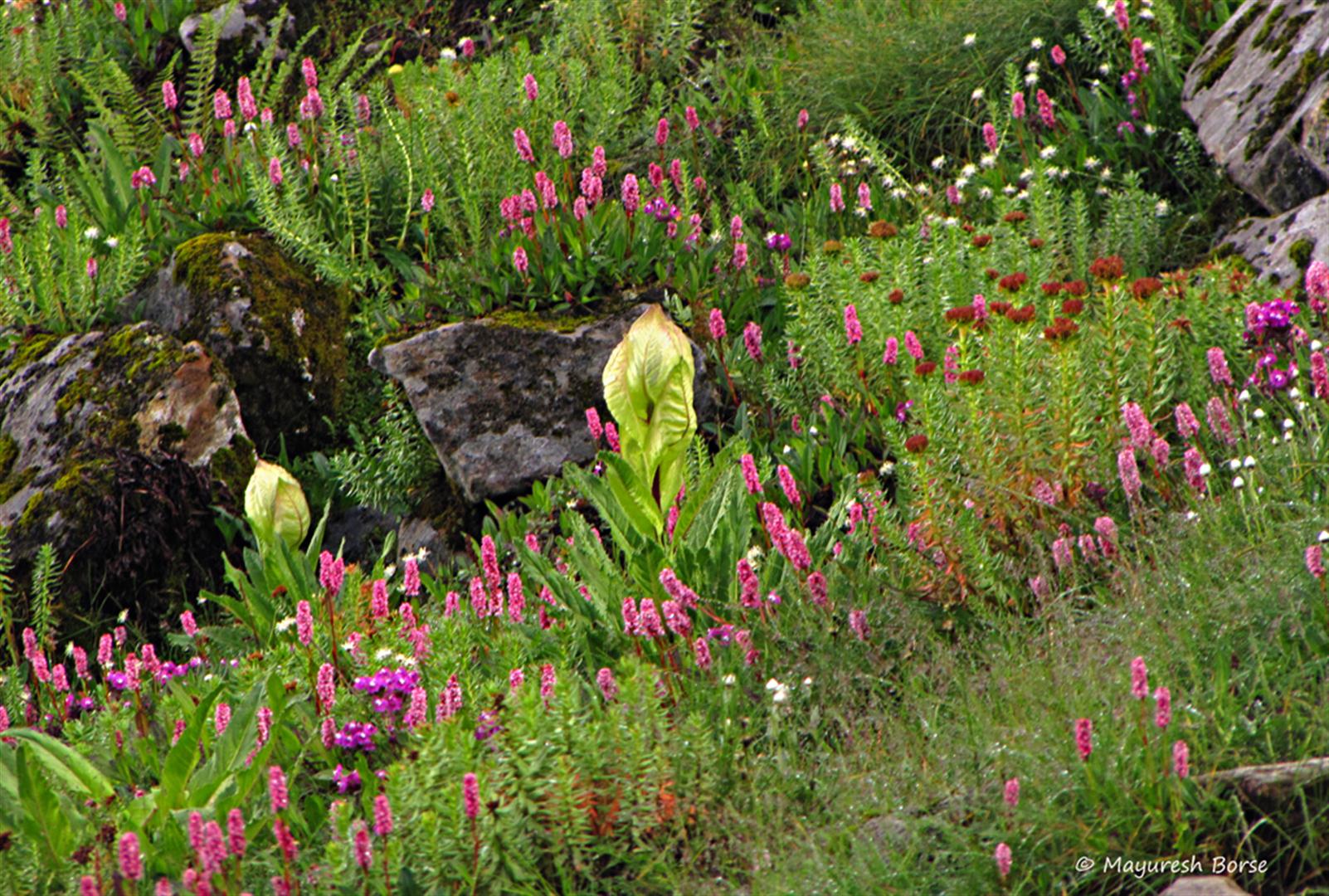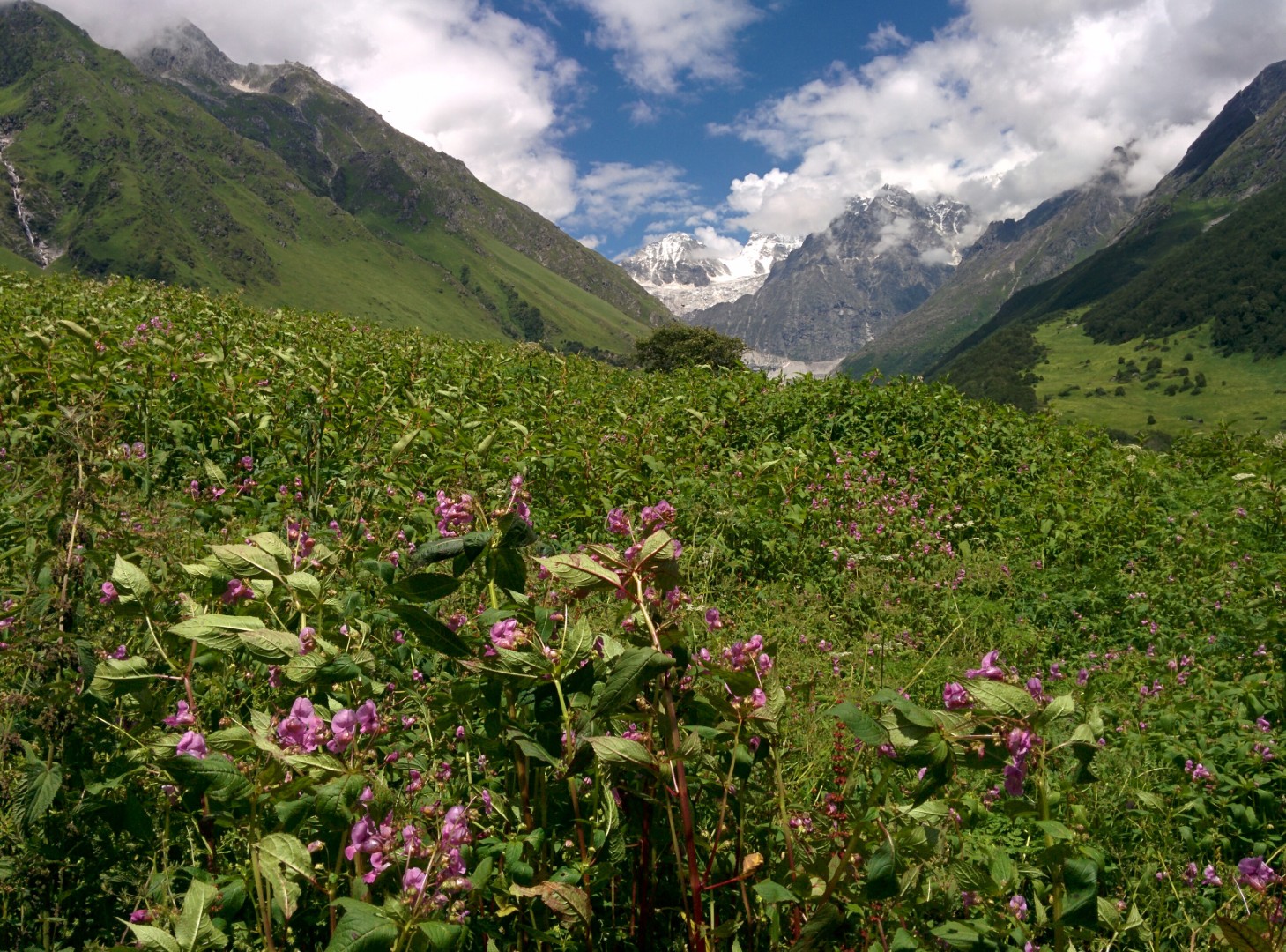Spiti literally translates to ‘the middle land’ that lies between Tibet and India. Its terrain and climate can be a bit overwhelming, but stay with us! We would like to tell you just how beautiful and unique the Spiti Valley is and why it should be on your travel list!
The nature is raw here – with very little vegetation, snow-capped mountains, and many hidden gems that are waiting to be explored. One of the best reasons to visit Spiti is that it is not a tourist hotspot, unlike the other Himachali towns. Getting to experience some of the highest passes in the world, age-old monasteries, crystal blue lakes, minus all the technological interference makes Spiti Valley a very fine example of what we call an ‘off-beat journey.’

Location
The Spiti Valley is a cold desert located in the Lahaul and Spiti district in the Indian state of Himachal Pradesh, close to the Tibet border. Two formerly separate districts, now merged into one, Lahaul and Spiti landscapes look somewhat like that of Ladakh. The average elevation of the valley is well over 3,000 metres.
Click here to enlarge the map
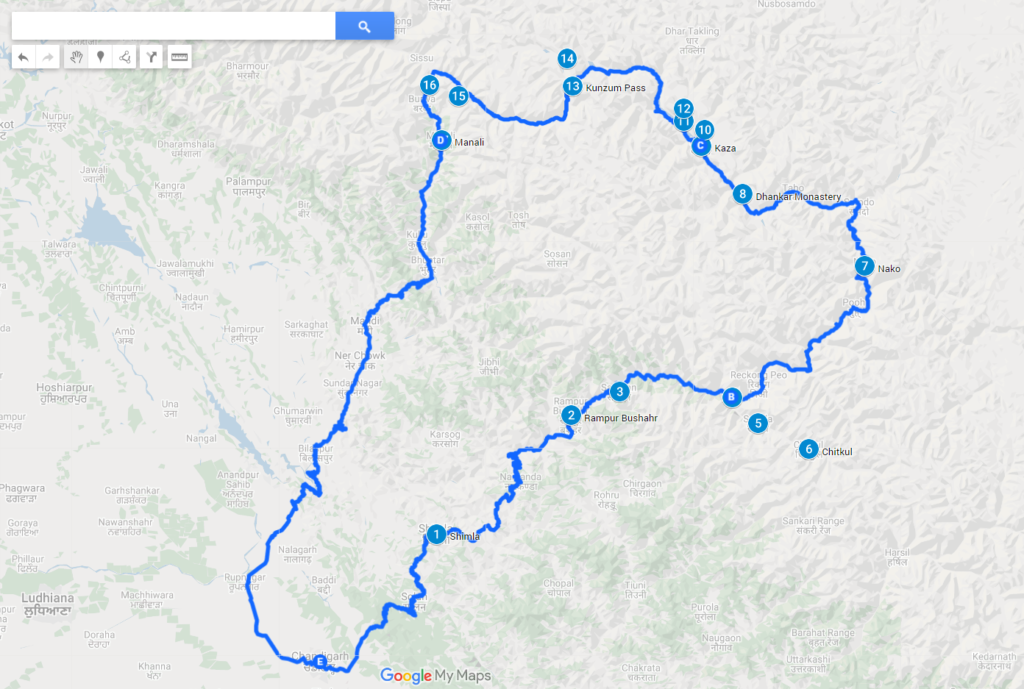
Best Time to Visit Spiti Valley
Spiti Valley is known to have an extreme climate. Winter months from December to March are harsh and you will see the valley is covered in a blanket of snow. During these months, snowfall can happen anytime and the temperatures can fall as low as -20 degrees Celsius. As summer months approach, the valley starts to come out of hibernation. Roads open up and so does the influx of tourists. The temperatures during the months of April and May are pleasant as some flora starts to come to life. Snow melts and lakes start to form.
While Spiti Valley can be visited almost all year long, the ‘it season’ is from June to the start of October. Now even though Spiti comes in a rain shadow region, it does receive frequent drizzle and precipitation in the months of June and July. So the roads can get a bit tricky. But come August and autumn colours take over the entire valley! The pristine colours of rivers and lakes with orange hues of the trees and the white mountains in the backdrop are something out of this world. You must make a note that the weather during this period can get quite cold, with nights and early mornings experiencing 3 to 5 degrees celsius. Expect most days to be overcast and misty.
Spiti Valley Tour Itinerary
So if you are planning to visit Spiti Valley, here is a sample itinerary. You will notice that the pace of this itinerary is slow and there is a reason for that. As you gradually ascend, your body gets acclimatized to the higher elevations.
Day 1: The journey usually starts from Chandigarh. And this day, after you arrive and settle, is free to explore lakes, gardens, and the meticulously planned architecture of Chandigarh. Stay this night in Chandigarh.
Day 2: Travel into Himachal Pradesh today! Make your way through forested hillsides and you leave behind many little villages and towns. Soak in the views because you are about to experience the whole other side of Himachal Pradesh. Arrive at Thanedar and stay in the Apple Orchards. Stay this night in Thanedar.

Day 3: Proceed to Sangla Valley today. Along the Indo-Tibetian highway, make pit stops at Rampur, Bushahr, and Karcham before you arrive at Sangla. Stay this night in Sangla.
Day 4: Explore Sangla today. Later, visit Chitkul (an hour’s drive each way) which is interestingly the last village of India before the Tibet border. Return and stay this night in Sangla.
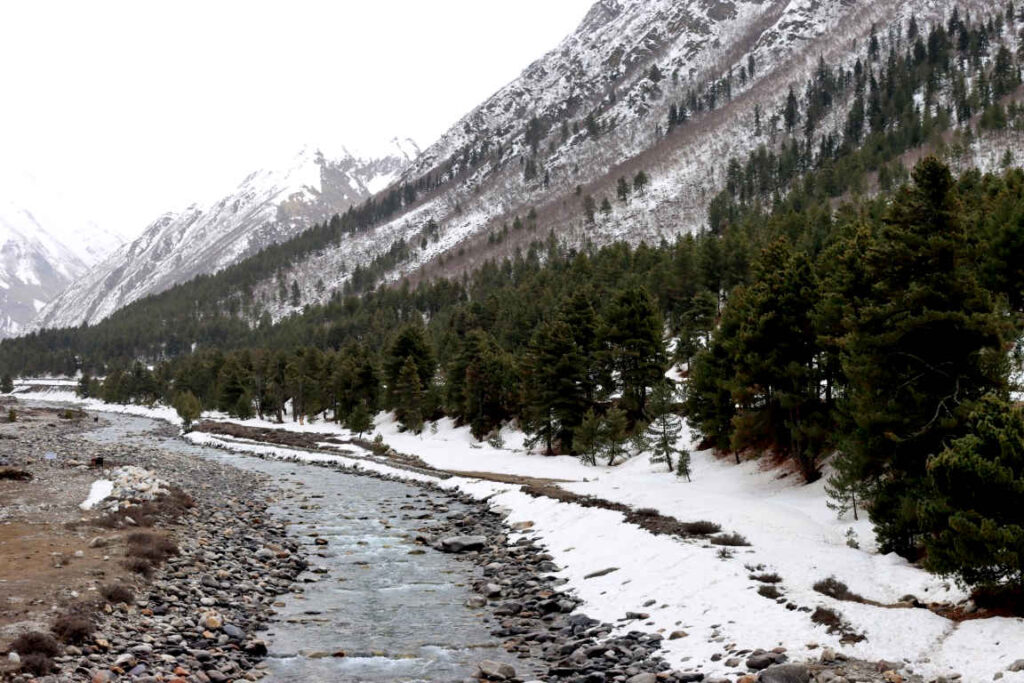
Day 5: Head back to Karcham along the Indo-Tibetian highway and continue your journey eastwards. Watch the roads climb through the pine forest slopes before you reach Kalpa. Spend your afternoon visiting the many beautiful local sites. Stay this night in Kalpa.
Day 6: Head up high into the mountains! River Sutlej will keep you company on this day. Later in the day, reach Nako.
Stop by at the artificially made Nako Lake and then head to Gue – the village of the Lama Mummy. Here witness the mummified body of monk Sangha Tenzin. Later, head to Tabo and visit the 1000-year-old Tabo Chos-Khor Monastery. Arrive in Kaza – the capital of Spiti. Stay this night in Kaza.
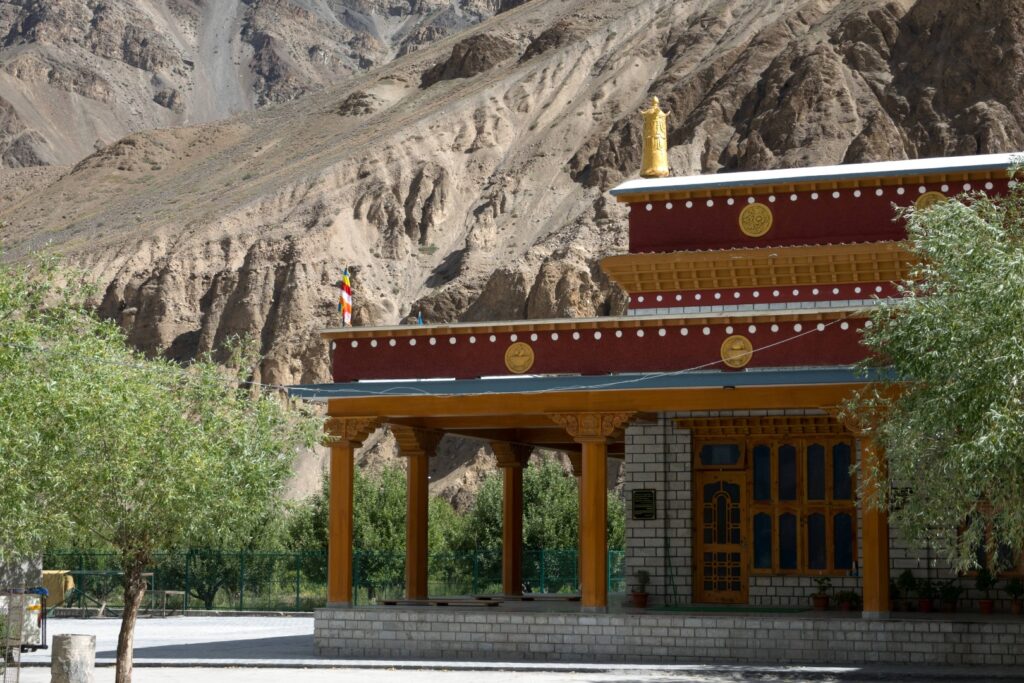
Day 7: Today, drive to Dhankar. Visit the 1200-year-old Dhankar Gompa which sits high up overlooking the beautiful Spiti Valley. Later stop by at the Dhankar Lake before heading to Lingti Valley. Here, experience the remote Himachali life at a village called Lhalung. Listen to the locals talk about many myths about how they believe the mountains here change colours based on different moods of the god. Head back to Kaza for the night.
Day 8: On this day, visit the most famous attraction of Spiti Valley – the Ki (also spelt: Kee or Key) Gompa! A group of whitewashed houses perched on a conical hill is home to some 350 monks. Head south of the monastery, the views from here are particularly enchanting. Visit a few more beautiful Himalayan villages like Kibber, Chicham, and Hikkim. Later, visit Langza and marvel at the spectacular Mt. Chau Chau Kang Nilda. Head back to Kaza for the night.

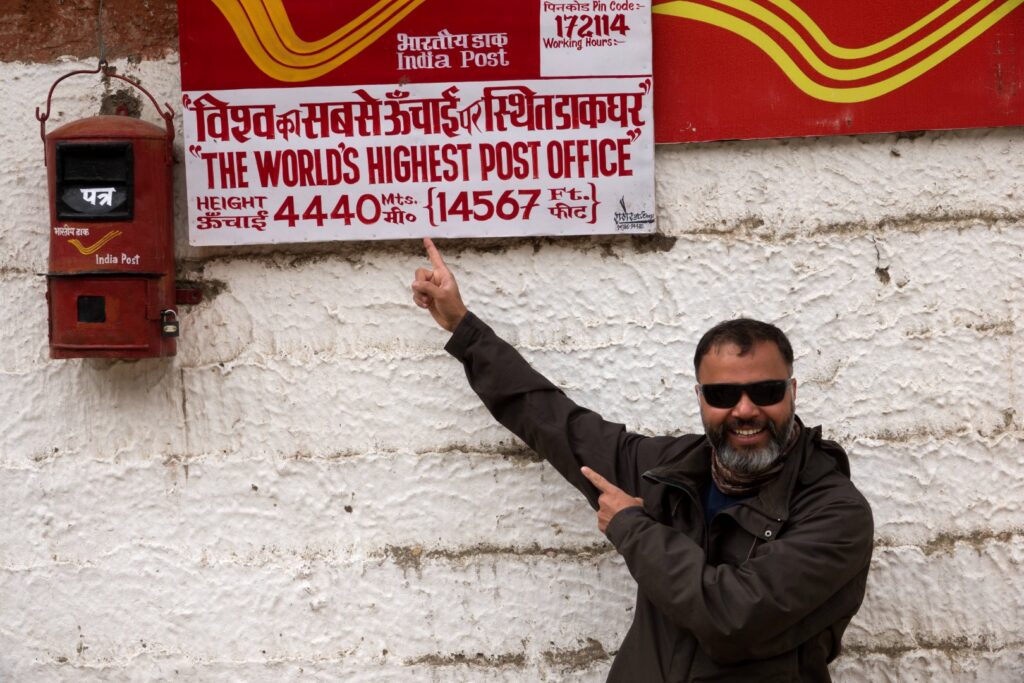
Day 9: On this day, head back towards Manali and drive along the Kunzum Pass till you reach Chandratal – a crescent-shaped glacial lake. Once here, stroll along the lake and appreciate the white-capped peaks and many geological wonders. Camp the night away at Chandratal.
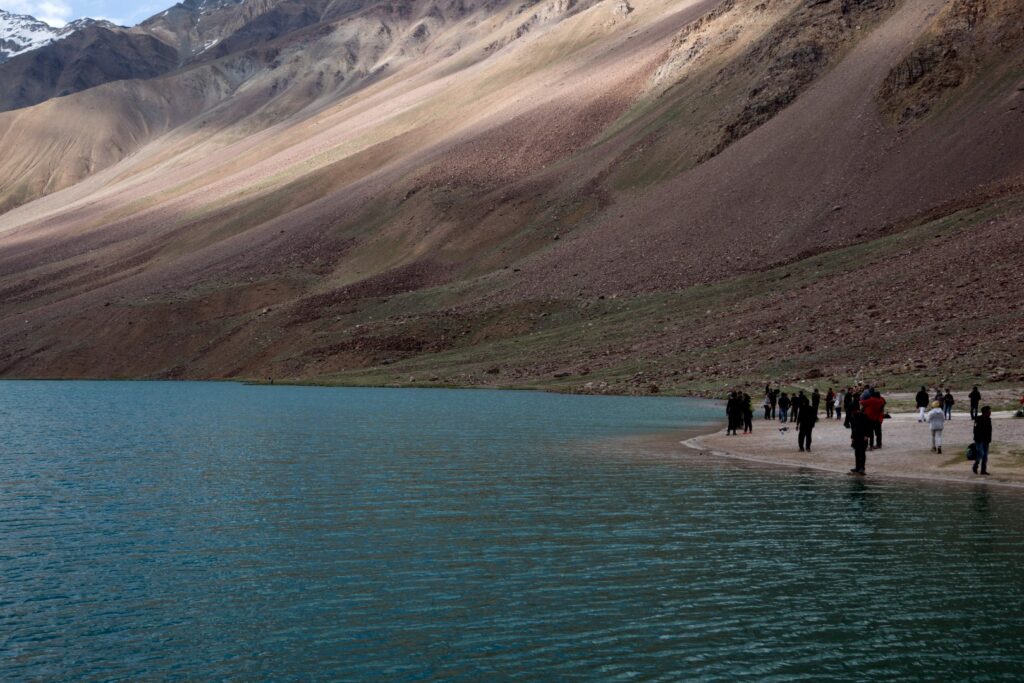
Day 10: Drive back to Manali. Walk around the parts of the town and visit Vashisht Temple and Old Manali. Stroll along the Mall Road and dine at one of the local restaurants before calling it a night. Stay this night in Manali.
Day 11: Drive from Manali to Chandigarh. The rest of the evening is at leisure. Stay this night in Chandigarh.
Day 12: Depart from Chandigarh and head for your hometown.
This is what a typical Spiti Valley itinerary looks like. Of course, this itinerary is fully customisable depending on your travel interests and the number of days available.
Spiti Valley On A Bike
Did you know bike tours to Spiti Valley are getting incredibly popular? Conquering Himalayan landscapes is every biker’s dream!
The ride through Lahaul and Spiti usually takes 8 to 9 days to complete with an average of 100 to 120 kilometres of riding daily. The thrilling roadways and treacherous turns will give you your much-needed dose of adventure. As you ride along this part of the country, take your time to absorb the splendid sky, earth, and everything in between. Our Spiti travel experts at Infinite Journeys will help you plan a Spiti bike tour while explaining to you all the key points.
Important Places To Visit While In Spiti
- Key Monastery – This is a Tibetan Buddhist monastery that once housed the Dalai Lama. As a religious training centre for Lamas and the biggest monastery in the valley, Key Monastery still remains the number one attraction of Spiti. From the monastery, enjoy the views of the Spiti River and the vast land that goes into nothingness.
- Chandratal Lake – The name ‘Chandratal Lake’ literally translates into ‘the moon lake’ and that is because of the lake’s crescent shape. This pristine lake is located on the Spiti side of the valley. Camp near the lake and witness millions of stars in the perfectly clear night sky.
- Kunzum Pass – Kunzum Pass connects Kullu and Lahaul Valley to the Spiti Valley and is considered one of the most challenging roads, but the drive is so worth it. It is located at an altitude of 4551 metres! Depending on the amount of snowfall this region receives, the pass shuts for operation. This can last from 6 months to anywhere up to 8 months a year. Kunzum Pass usually remains open from late May to mid October. When the road is shut, Spiti Valley can be accessed from the Shimla / Karcham side. But if you do get a chance to travel on this road, do not forget to keep your cameras ready!
- Pin Valley National Park – The 675 square kilometre Pin Valley National Park is home to some of the rarest animals in India, including the endangered Snow Leopard. Other animals like Ibex, Bharal and Red Fox can also be spotted here. With regards to flora, one can enjoy the views of juniper and birch trees with dramatic landscapes in the background.
- Suraj Tal – Suraj Tal is a beautiful small lake located in the Lahaul Valley of Himachal Pradesh. This lake is a source for the Bhaga River which later turns into the Chandrabhaga River. Its scenic location is like no other. Visitors can also visit the many nearby lakes.
- Dhankar Monastery and Dhankar Lake – Dhankar is a small village situated near Kaza, the capital of Spiti. This classic Tibetian inspired village can be made into a day trip. The Dhankar Monastery was built in the same pattern as the Key Monastery and was built in the 11th century by a Lama named Lha-‘od. Dhankar Lake, or the Dhankar Tso, is a glacial lake located an hour’s walk from Dhankar village.
- Kibber Village – About 20 kilometres from Kaza, Kibber is a small village of 25-something hamlets. Spend some time wandering around the village – visiting the monastery, talking to the locals, and learning about the local culture. You can also head to the nearby Kibber Wildlife Sanctuary for a chance to spot a snow leopard.
- Baralacha La – Baralacha Pass literally cuts through the snow. This is the first pass that you will cross after Rohtang Pass. It is situated in the Zanskar range of the Himalayas and sits at an elevation of 4,900 metres.
- Tabo Monastery – In this land of monasteries, Tabo Monastery is one of a kind. Built in 996 CE, this is the oldest and continually operating monastery in India. The complex is made up of nine temples, four stupas, and twenty-three monk quarters.
- Lhalung Village – Not very far from the capital Kaza, Lhalung, which literally translates into ‘land of the Gods’ is yet another tiny village. The Tangmar mountain overlooks the village while Lingti river flows on the other end. The greenery in the village sure comes as a surprise compared to other barren landscapes. As you walk around the village, you will notice that there are several serene and peaceful places that you can stop by at.
Culture and Religion in Spiti Valley
The culture in Lahaul and Spiti is very similar to that of Ladakhi and Tibetans given that the region was under the rule of Guge and Ladakh kingdoms. The many fairs and festivals that the valley celebrates is a testament to the three cultures – Hindus, Buddhists, and Tibetians living together in harmony. Some festivals celebrated in the valley are Losar Festival or Halda Festival in January, Ladarcha and Keylong Tribal Fair in August, and Chakhar Mela in September. The culture mostly remains focussed around Buddhist monasteries and one may find colourful prayer flags hung outside relics and houses. Apart from Hindi and English, locals also speak Stod Bhoti – a subgroup of a Tibetian language.
Spiti is not your usual eat-sleep-repeat travel destination. Travelling to Spiti will require some dedication and preparation. But once you are ready, be assured of many countless memories! Infinite Journey will help you plan a perfect holiday to the enchanting land of Spiti Valley! Be assured, all our trips are planned keeping in mind the latest COVID-19 protocol and government-issued travel advisories.
Looking for ready itineraries for Spiti Valley? : Click Here
Does Infinite Journeys have fixed departure Group Tours to Spiti Valley?
Yes, under the banner of Foliage Outdoors, which is our sister-concern, we do have Fixed Departure Tours for The Valley of Flowers Trek
Click here for details
Can Infinite Journeys customize holidays for you?
Yes. Infinite Journeys specializes in customizing your holidays. Infinite Journeys has Travel Advisors who are well traveled and experienced. They will be happy to share their expertise with you to make your holidays memorable.
At Infinite Journeys, we believe that you should never buy a product off-the-shelf when you can have one that is customized for you.
To help us customize your holidays, we request you to fill the two forms below. It takes 6 minutes only and helps us to customize your holidays.
(This is optional)
1) Tell us about your “Travel Personality” Click Here
2) Details of your Travel Plans Click Here
How to get in touch with us?
1. Please write to web@infinitejourneys.in
2. Call +91.7745866888 / +91.9822508986
3. Click Here for Whats App Chat
4. Visit Office. For address and directions, Click Here
You may also see : https://en.wikipedia.org/wiki/Spiti_Valley
Author : Sachin Deshmukh and Aaditee Kulkarni
More about Sachin on : Click Here



